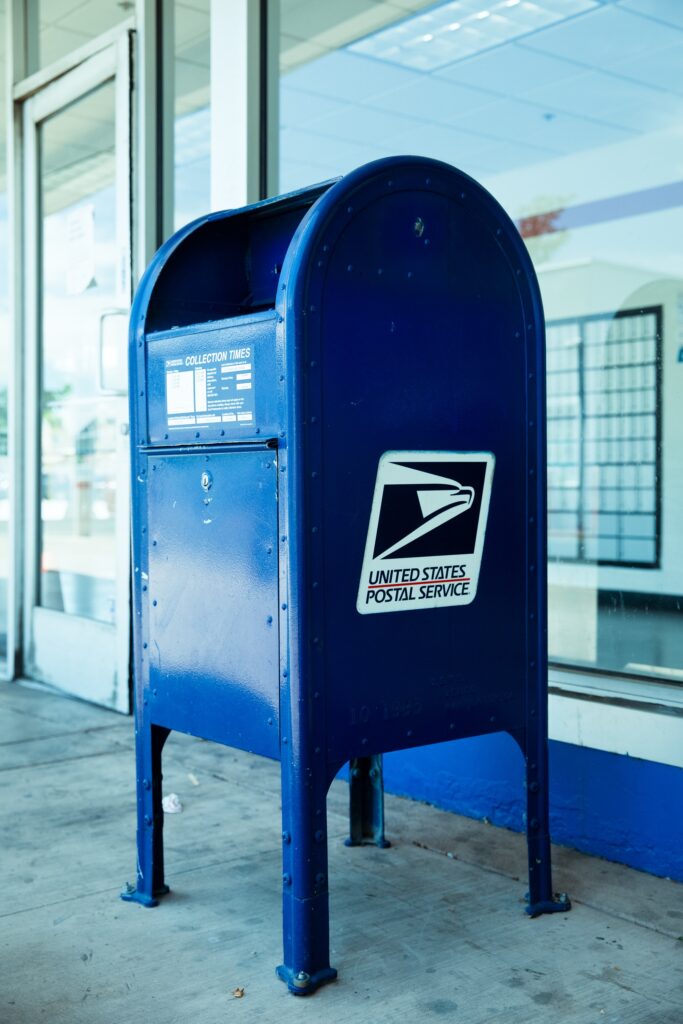99% of the letter’s recipients will NOT read the letter carefully. So if you’re not using highlighting to show them instantly what’s up, they’re not going to understand your appeal at all.
When it comes to direct mail, time is precious.
No matter how many hours you put into carefully crafting an appeal letter, your reader will most likely skim over it. You only have a few seconds to grab her attention and draw her in.
How can you get your reader to grasp the contents of your letter in a matter of seconds?
Harness the power of highlighting.
That means bolding and underlining sentences, phrases, and words. Yes, sometimes it’s cheesy. But leaning into the cheese can pay off.
You can use bolding and underlining to provide your reader with an instant roadmap through your letter, guiding her to its most important points. Your reader’s eyes will naturally fall first on text that jumps out. And that text can get to the crux of your appeal—the problem that needs to be solved, and how the reader can help solve it by making a gift.
All too often, organizations (particularly leadership) fall into the trap of thinking that their readers will pore over every line of their appeals. So they fiddle with the intricacies of phrasing on page three . . . and pooh-pooh highlighting as a direct mail gag that’s “not our style.”
This is a delusion. 99% of the letter’s recipients will NOT read the letter carefully. So if you’re not using highlighting in your direct response mail to show them instantly what’s up, they’re not going to understand your appeal at all.
If you highlight judiciously, the reader should be able to easily understand the story you’re trying to tell—and what you are specifically asking her to do in response—just by skimming what’s highlighted.
But like all powerful tools, highlighting needs to be deployed with care. Highlight too little, and your reader will miss your main message. Highlight too much, and you end up confusing or annoying her by making everything seem important.
And when everything is important, nothing is. Think of highlighting like adding spice to a dish. Just a few pinches per page should do the trick. It’s there to give a kick, but shouldn’t visually overwhelm the recipient.
With that being said, here are some additional guidelines to keep in mind when deciding what to highlight:
- Emphasize a sentence or phrase that clearly states the problem.
- Highlight words that convey urgency—help your reader understand that the problem must be addressed today.
- Highlight your call to action. Your reader must understand what steps she should take in response to the problem
- Highlight sentences that put the reader in the center of the action. “You” is always a good word to emphasize.
- Highlight simple sentences that show the concrete results a donation will produce. “You’ll provide a child in need with a backpack” is much more compelling than “You will give them hope.”
- Don’t make your accomplishments the main focal point. Keep your highlighting focused on the donor, the problem, and the concrete solutions her gift will achieve.
- Highlight sentences that pull on the heartstrings. Your donor will give based on an emotional response, not on a logical analysis of all the facts. The emotional appeal of your letter should be front, center, and bolded.
The most important takeaway? Never underestimate the value of an underlined sentence. It’s a small but powerful detail. With the right highlighting, your potential donor will hang on to your words instead of tossing your letter in the trash.




